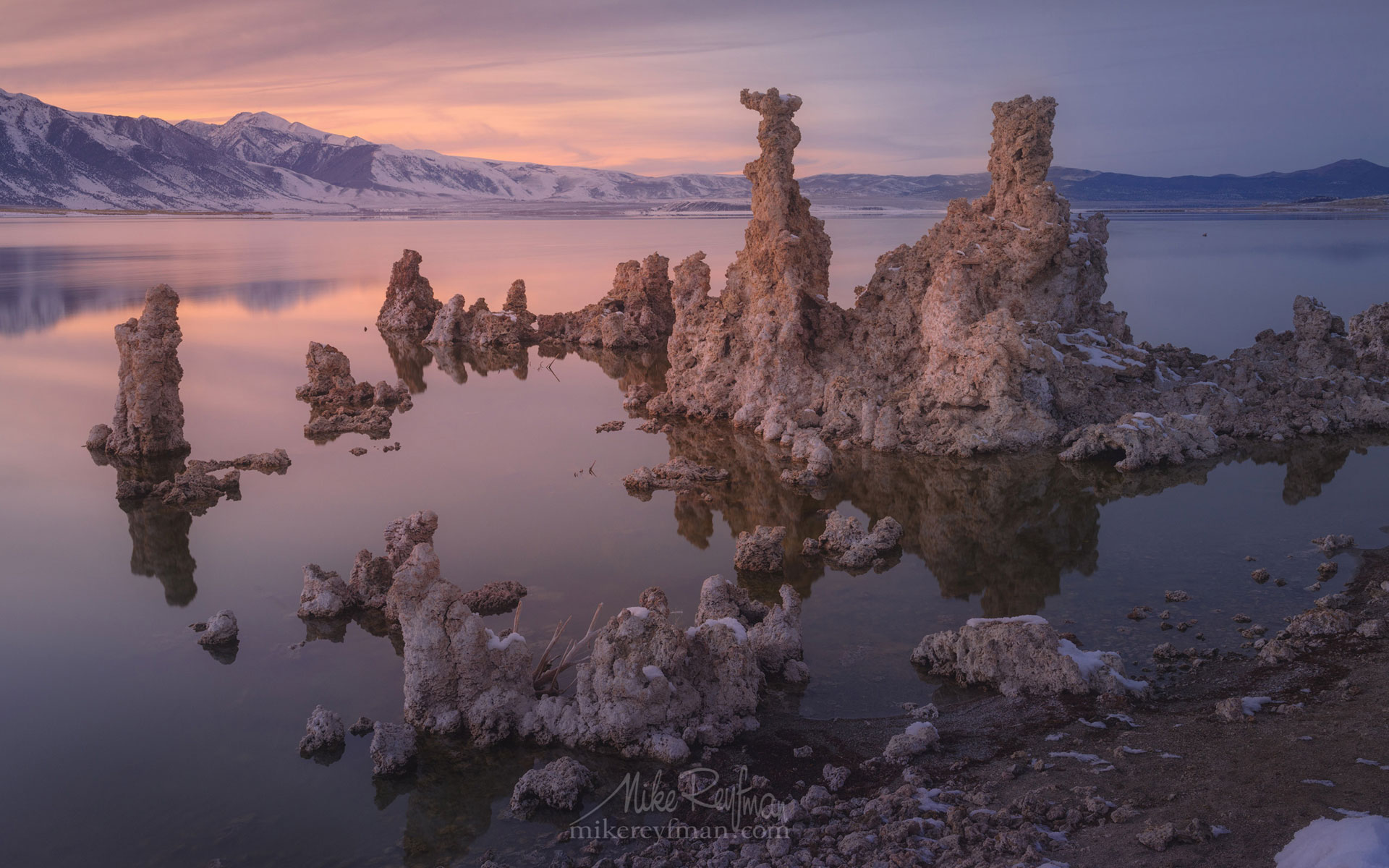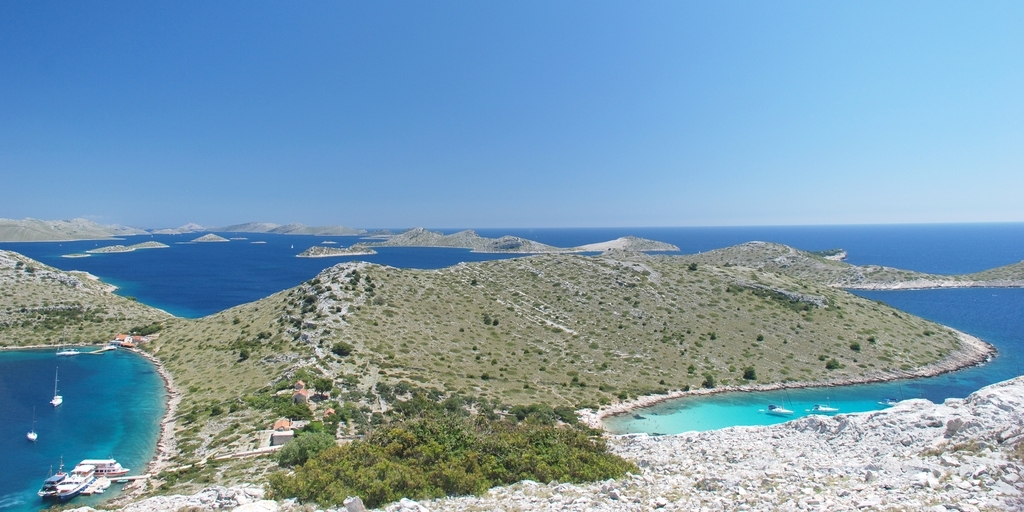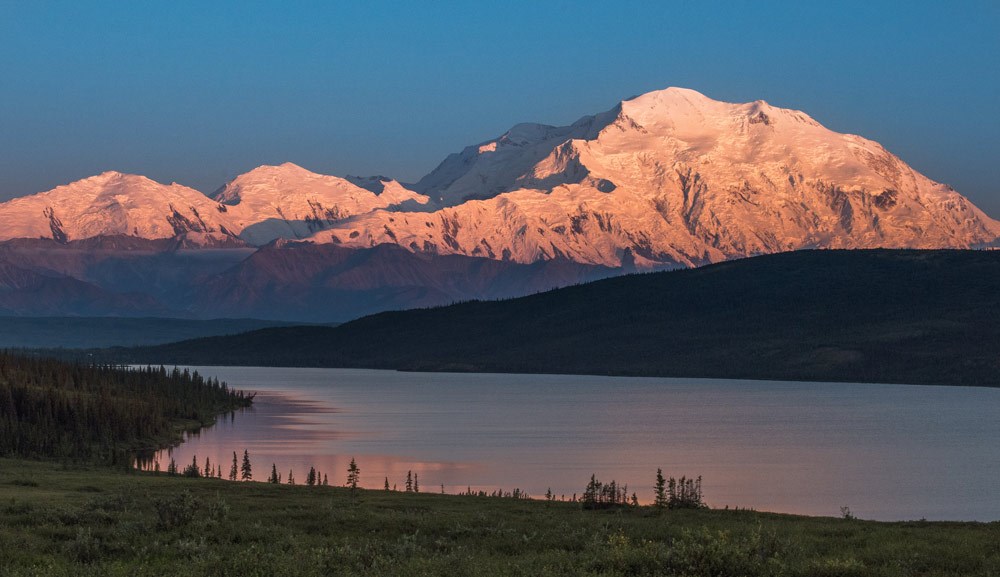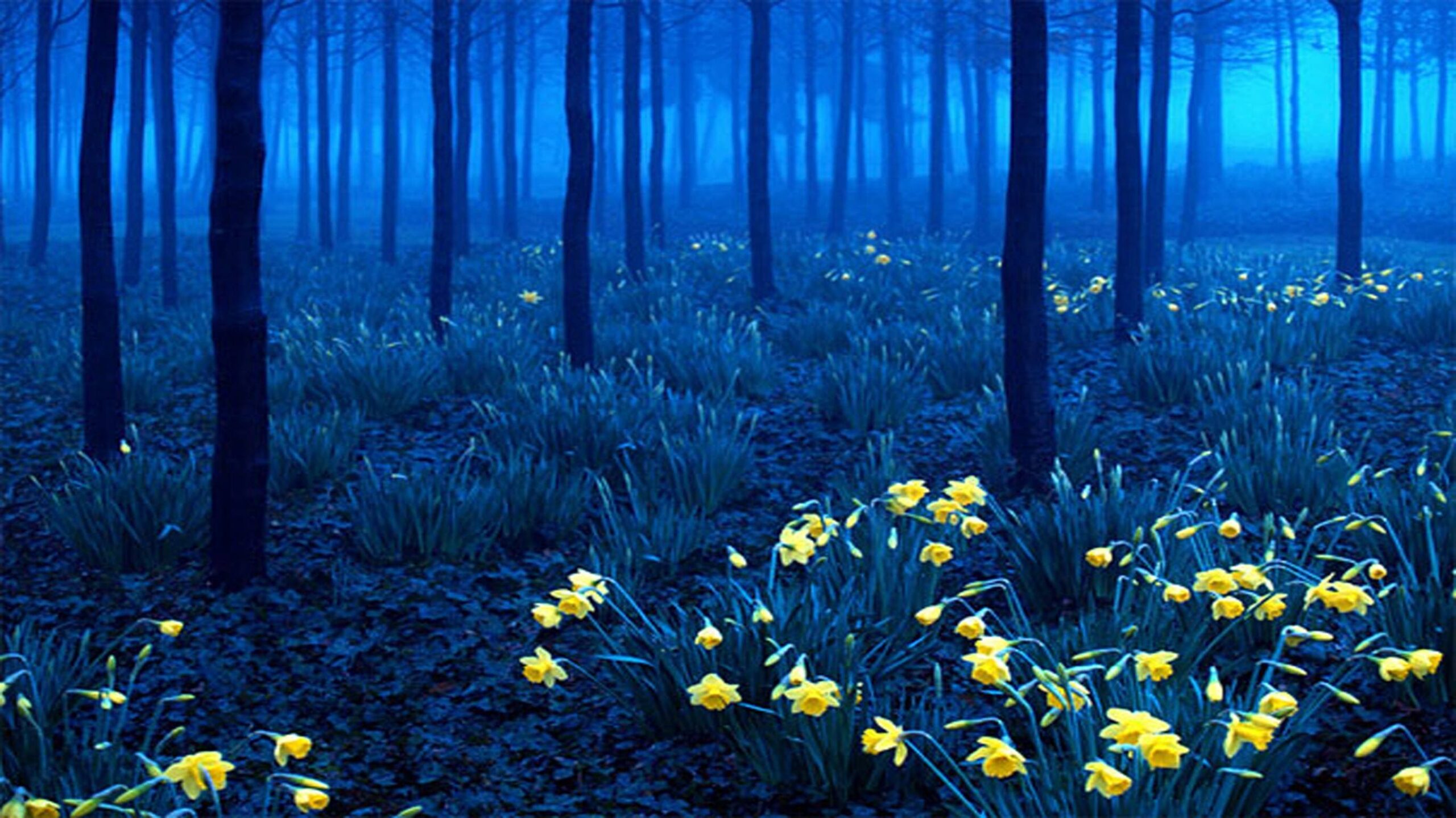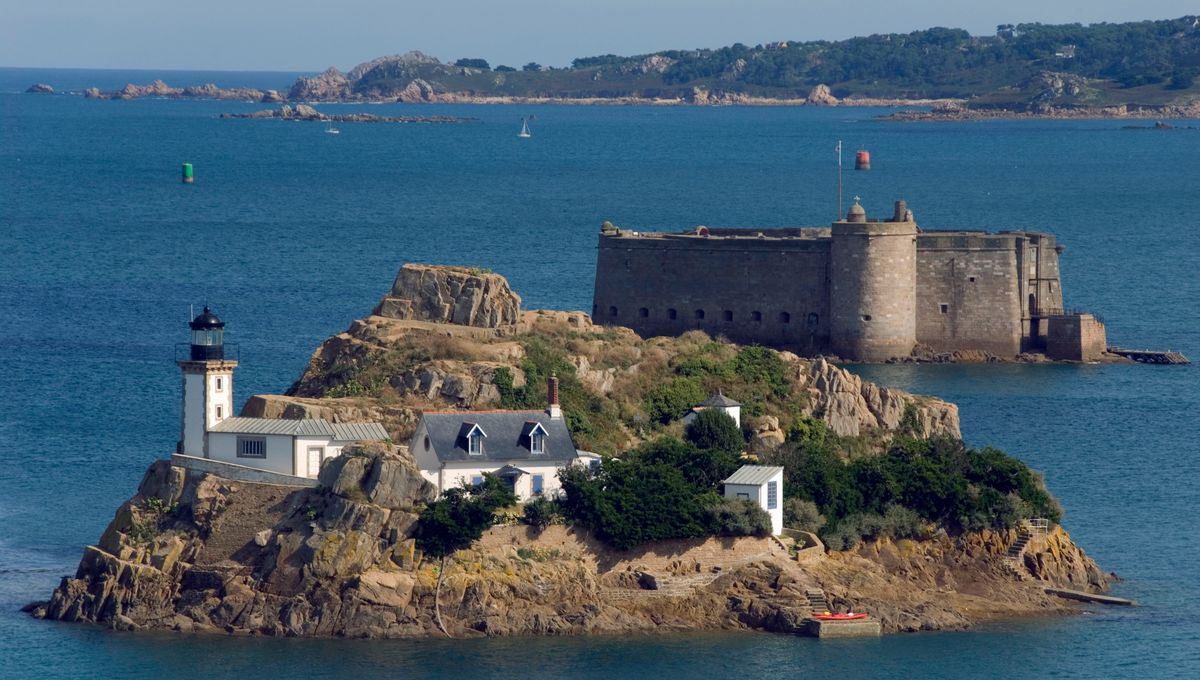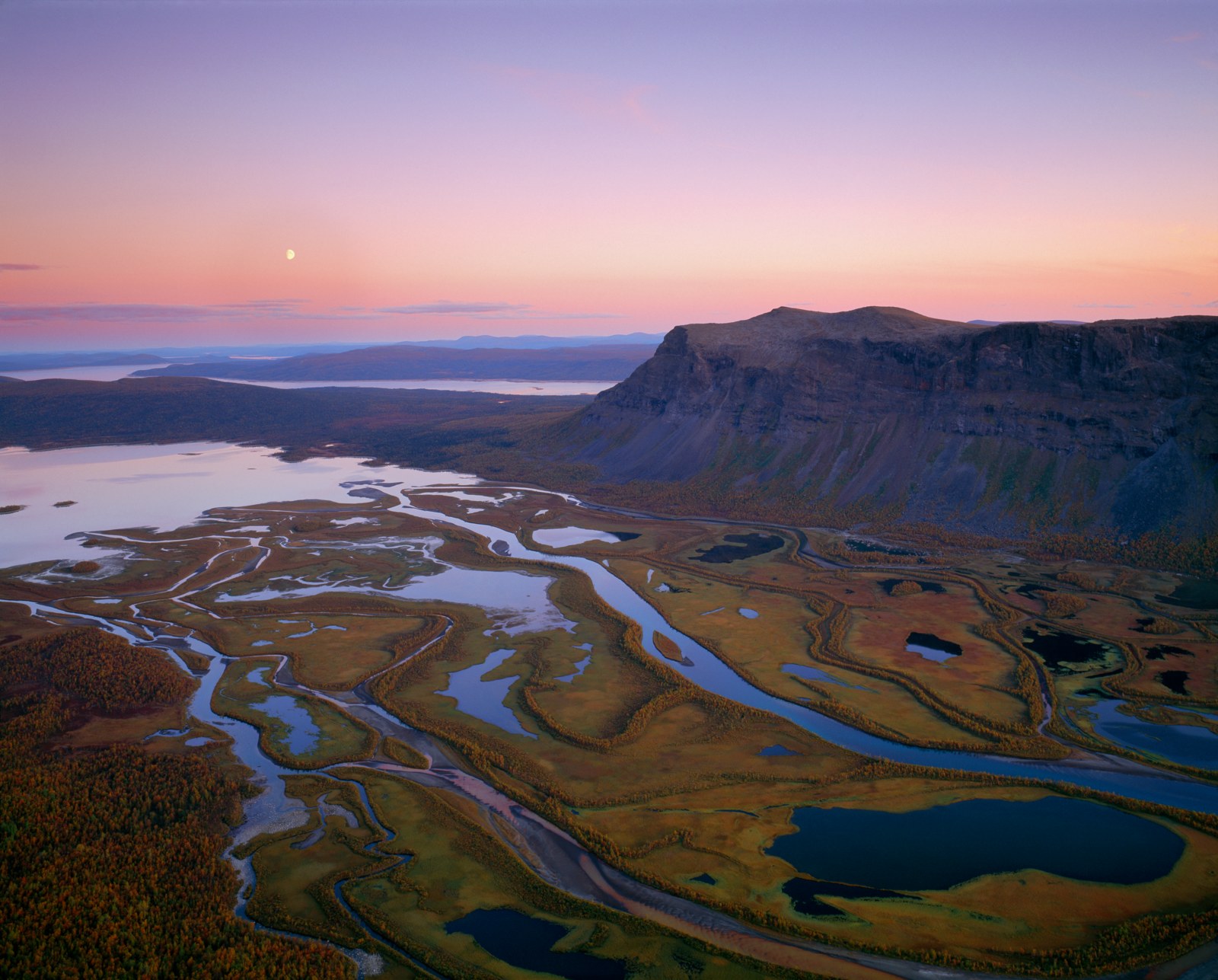Mono Lake between Nevada and California is really a special place because of the tufa towers that rise out of the water north of the lake in the Bodie Hills. These strange towers are Andesian lava, dated between 8 and 28 million years old.
Under the surface live 6,000 billion shrimps. Lake Mono is an alkaline lake located in Mono County, California, in the United States of America. It has an unusually productive ecosystem, and is home to numerous species of birds. The lake also contains an extremophilous bacterium of the Halomonadaceae family, GFAJ-1, which initially appeared to be able to replace phosphorus, a very rare element in the lake, with arsenic, which is poisonous to most living species, in its DNA. Only later was this hypothesis refuted, discovering in the bacterium a rare ability to distinguish arsenic from phosphorus, making it totally immune to the toxic effects of the latter. However, the bacterium remains incapable of reproducing in a total lack of phosphorus.
